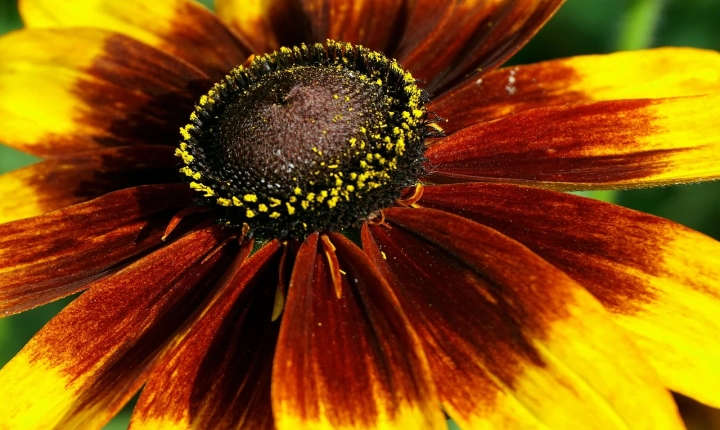AI art is a fascinating intersection of technology and creativity that has captured the attention of artists, technologists, and art enthusiasts alike. The process of creating AI art involves utilizing machine learning algorithms and neural networks to generate original and thought-provoking artworks. These algorithms are trained on vast datasets of images, styles, and artistic techniques, enabling them to analyze and understand the visual elements of art and then apply this knowledge to create novel pieces.
One of the primary methods for creating AI art is through the use of generative adversarial networks (GANs). GANs consist of two neural networks – a generator and a discriminator – that work in tandem to produce new images. The generator creates images based on the input data it has been trained on, while the discriminator evaluates these images for authenticity. Through an iterative process, the generator learns to create increasingly convincing and original images, resulting in the production of AI-generated art.
Another approach to AI art creation involves the use of style transfer algorithms. These algorithms analyze the style and content of two different images and then combine them to create a new image that embodies the content of one and the style of the other. Artists and technologists can use style transfer algorithms to apply the characteristics of famous artworks or distinct artistic styles to their own images, resulting in a unique fusion of styles and aesthetics.
Furthermore, reinforcement learning algorithms can be employed to create AI art by allowing the system to learn and adapt its artistic output based on feedback. These algorithms can be trained to generate art that is visually appealing, emotionally evocative, or stylistically consistent, offering a more interactive and dynamic approach to AI art creation.
The process of AI art creation typically begins with the selection of a training dataset consisting of images, styles, or artistic techniques that the algorithms will learn from. This dataset serves as the foundation for the AI system to understand and mimic the visual elements of art. Once the training process is complete, the AI system can generate new art based on the knowledge it has acquired, producing original and often surprising results.
AI art creation raises thought-provoking questions about the role of technology in the creative process and challenges traditional notions of authorship and artistic expression. By harnessing the power of machine learning and neural networks, AI art offers a new lens through which to explore the potential of technology to inspire, innovate, and redefine the boundaries of artistic creation.
As AI art continues to evolve, it presents an exciting frontier for artists and innovators to push the boundaries of creativity and challenge our understanding of art. Whether through the exploration of GANs, style transfer algorithms, or reinforcement learning, the process of AI art creation showcases the potential for technology to inspire and collaborate with human creativity, opening up new possibilities for artistic expression and innovation.
